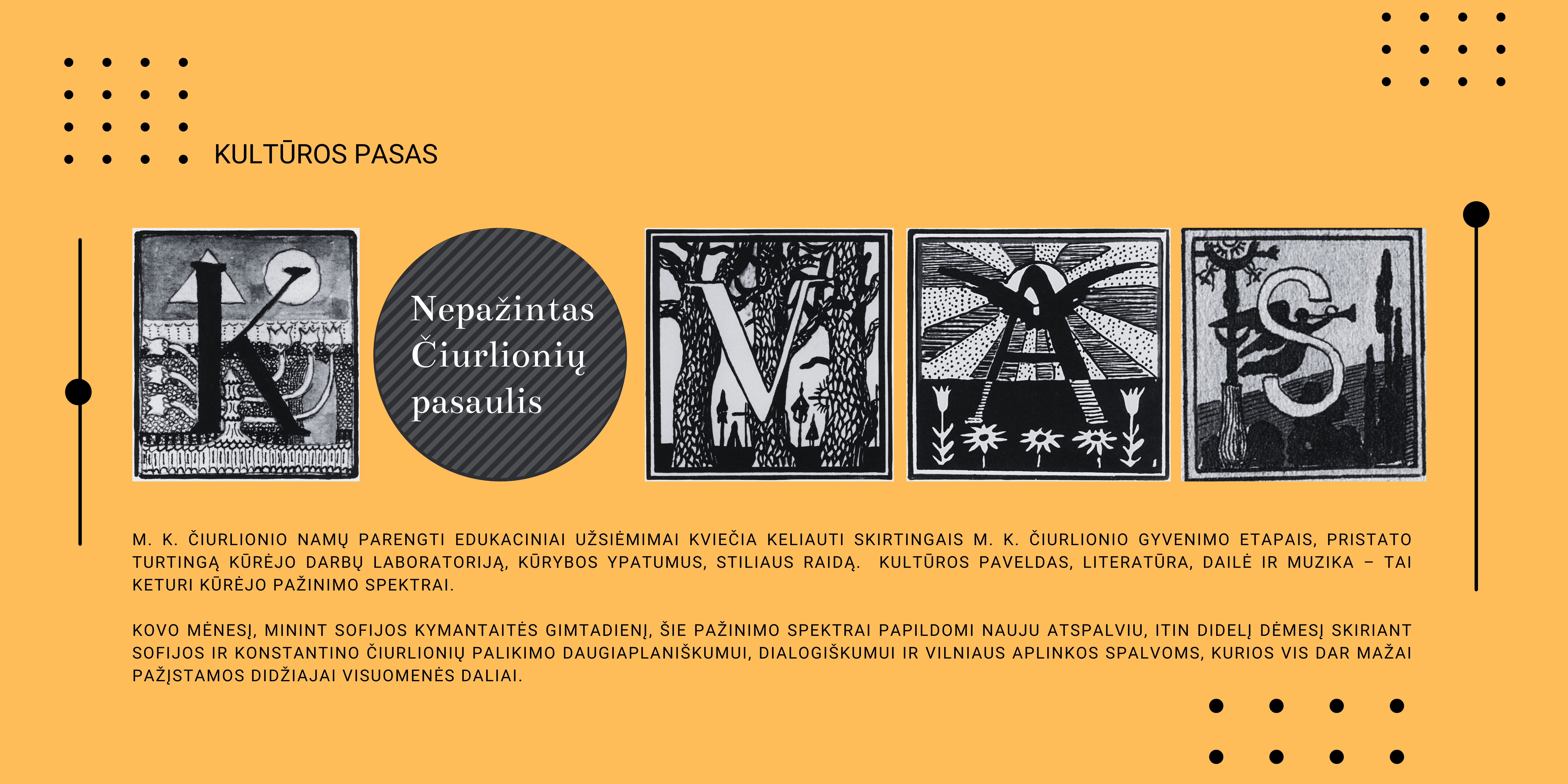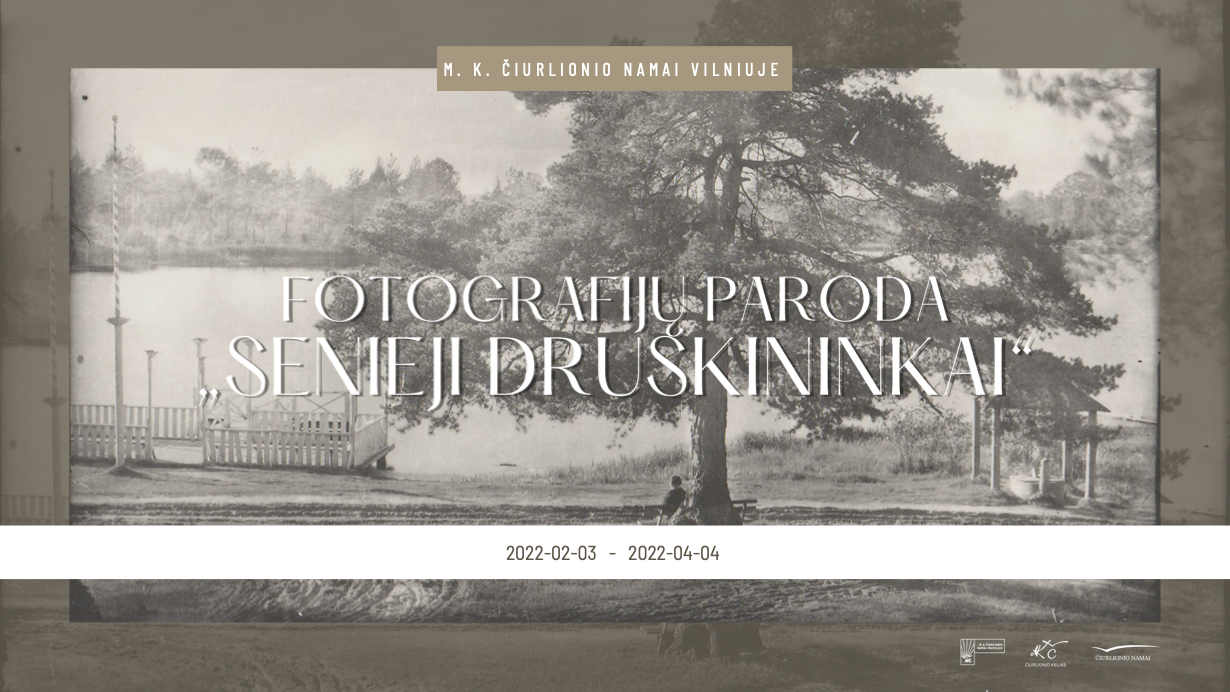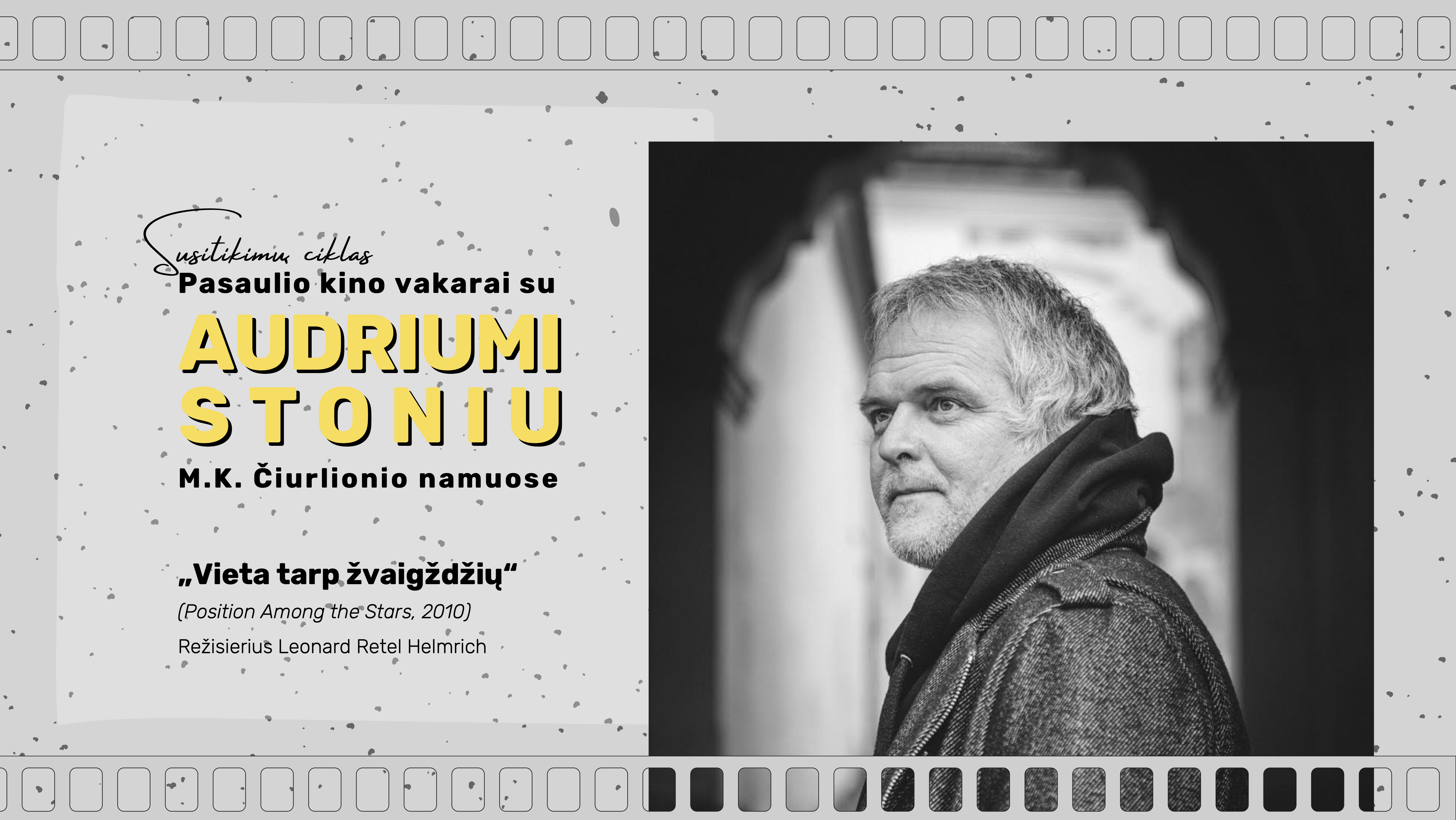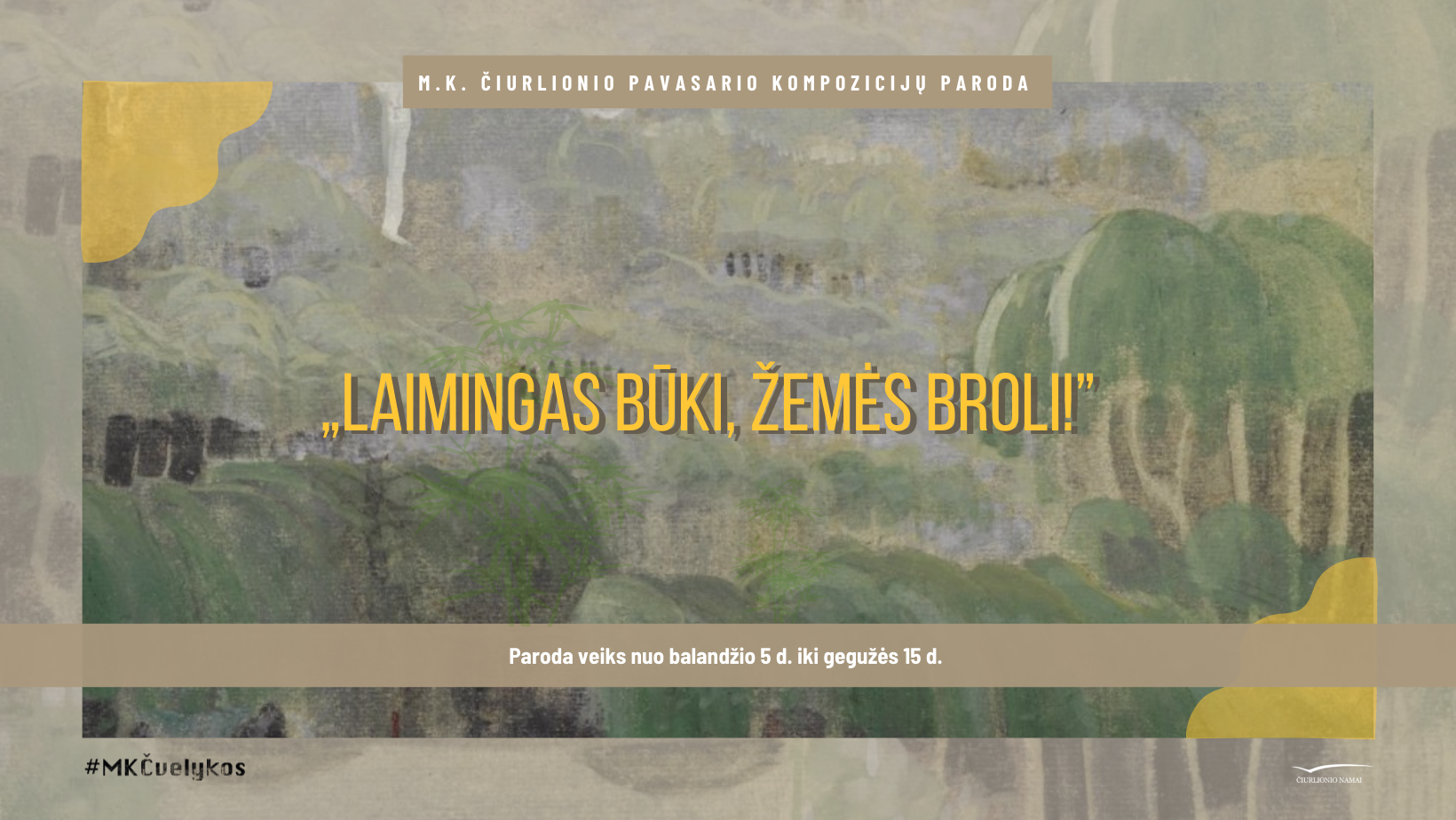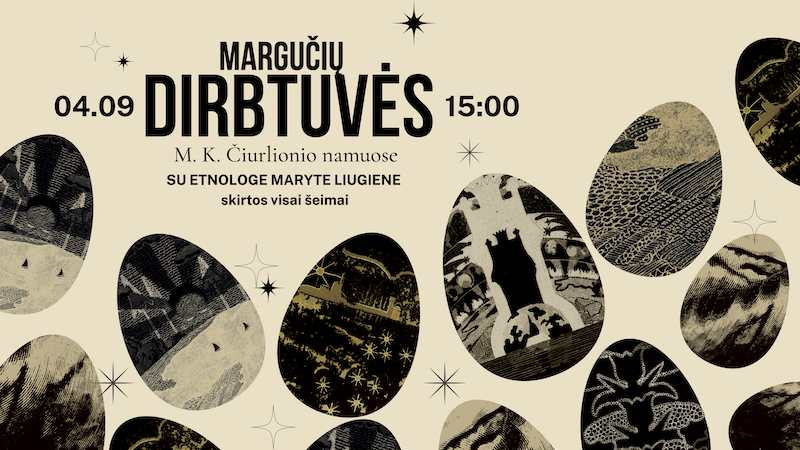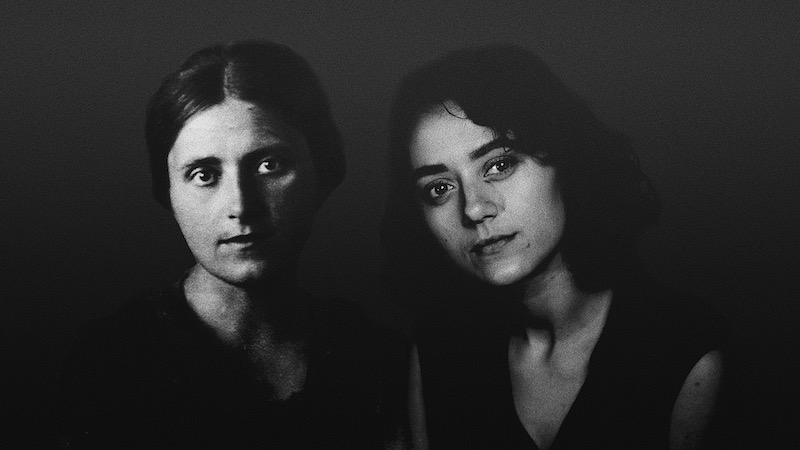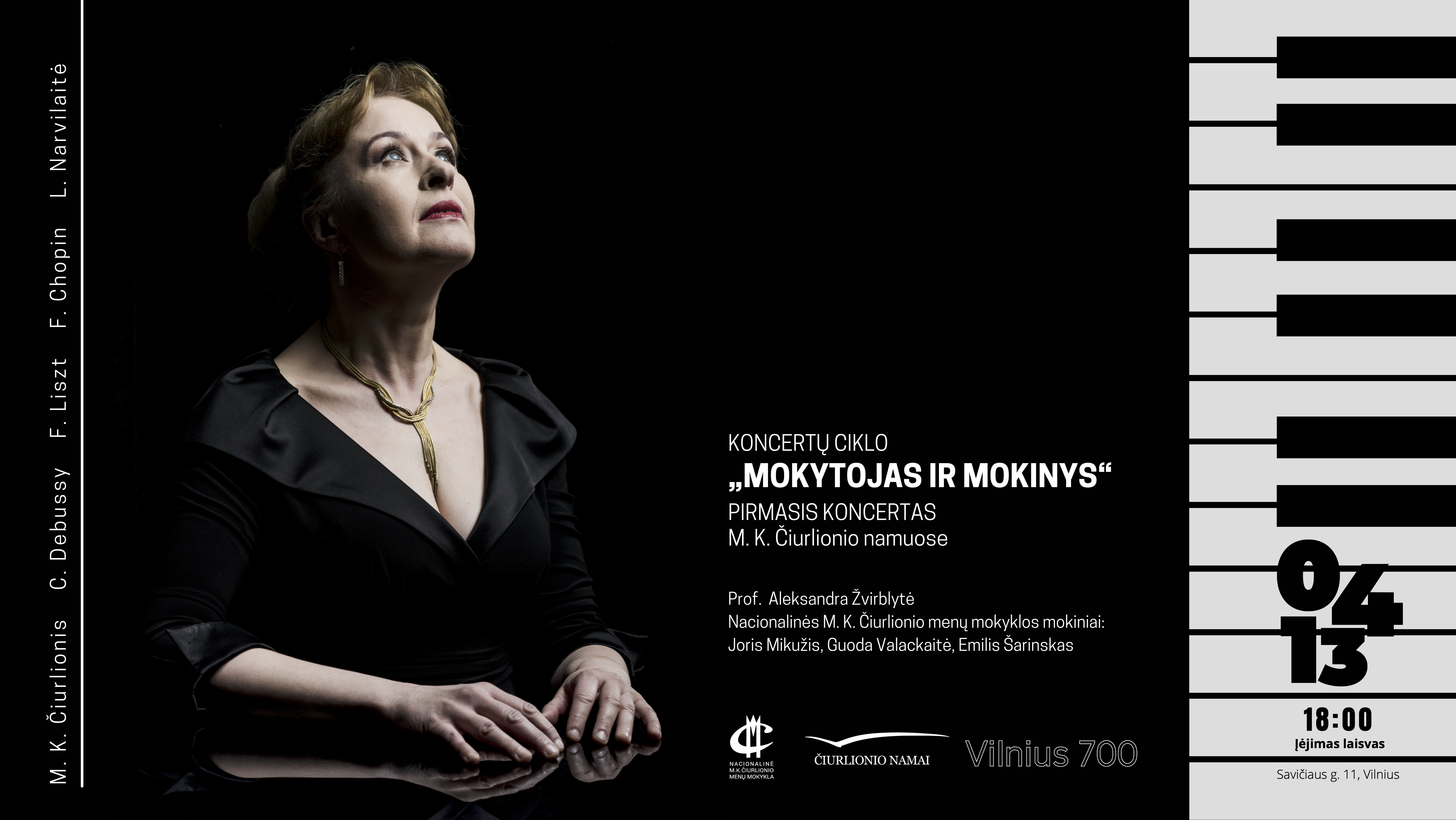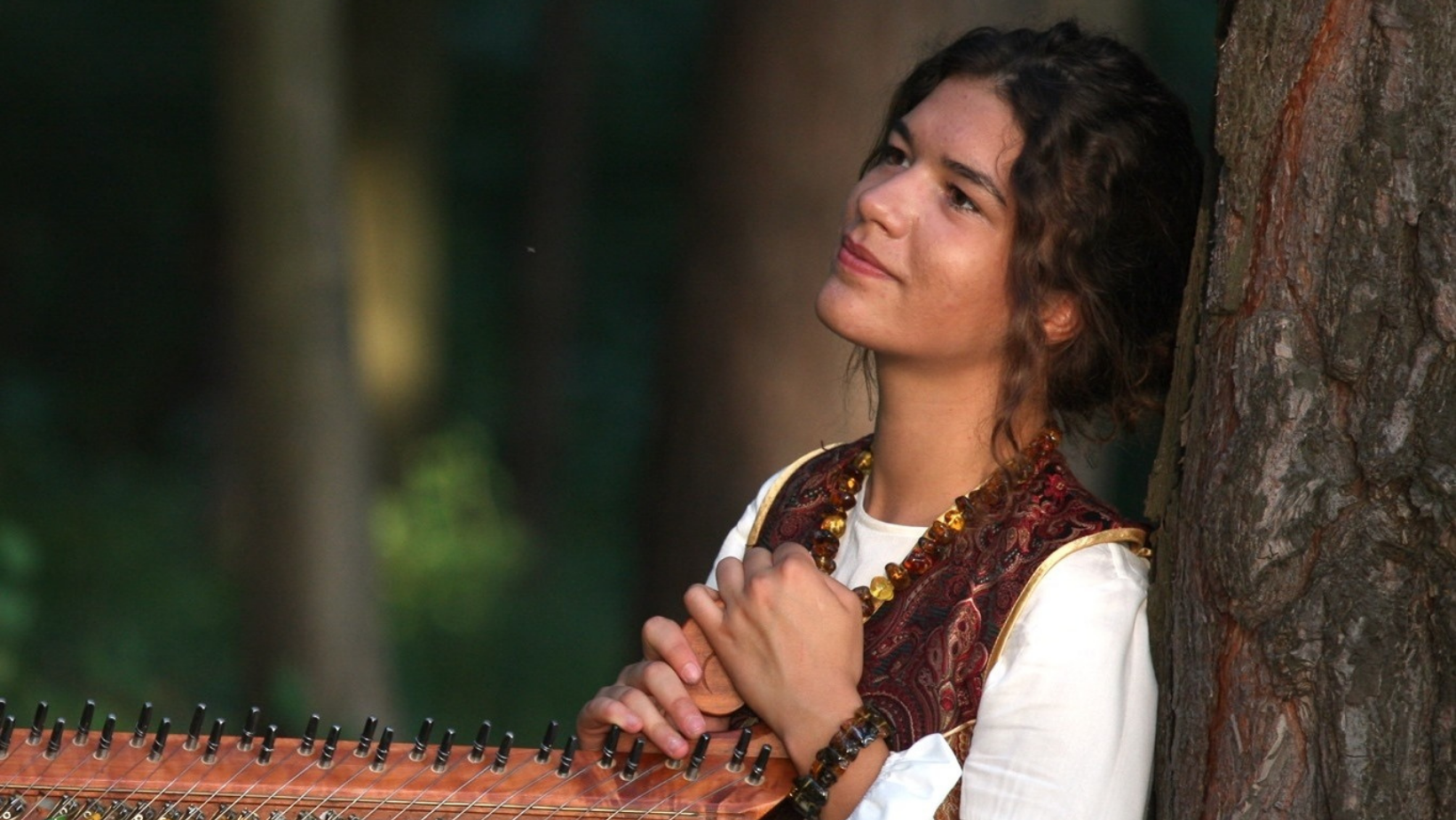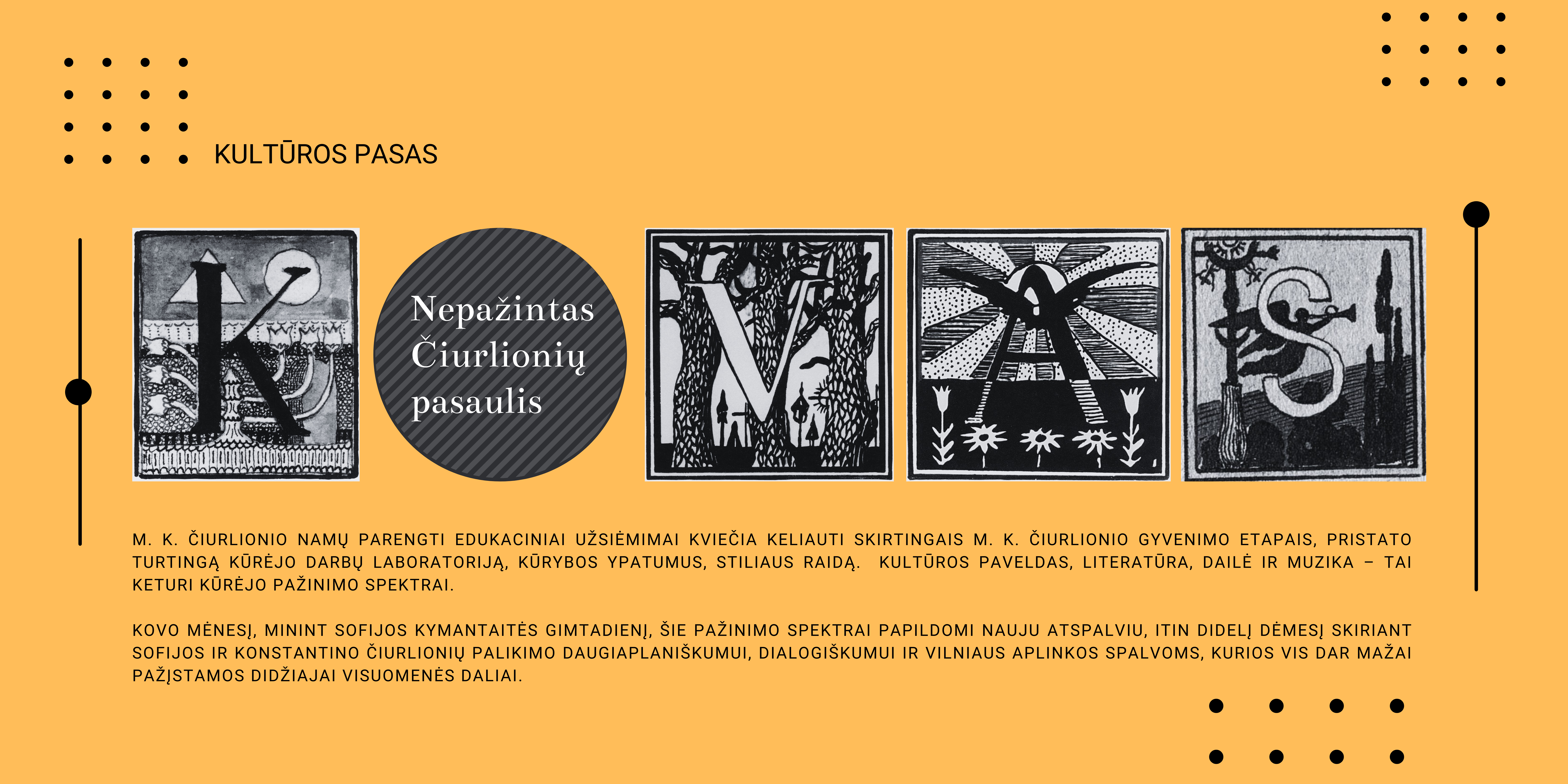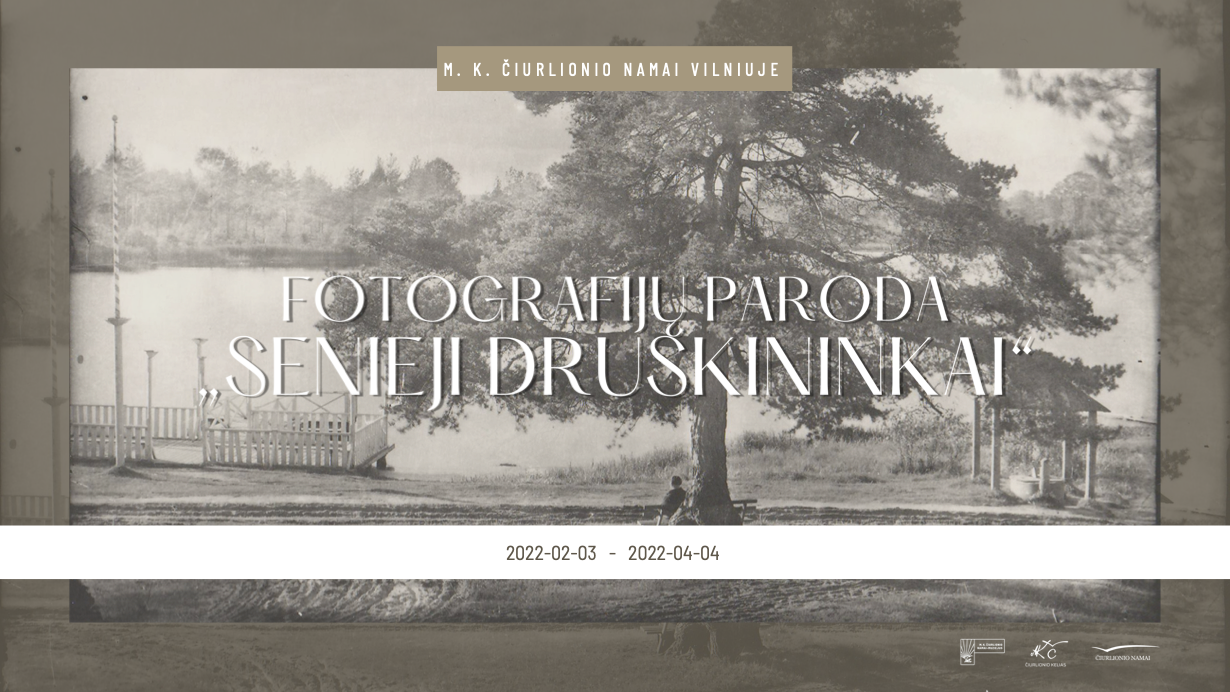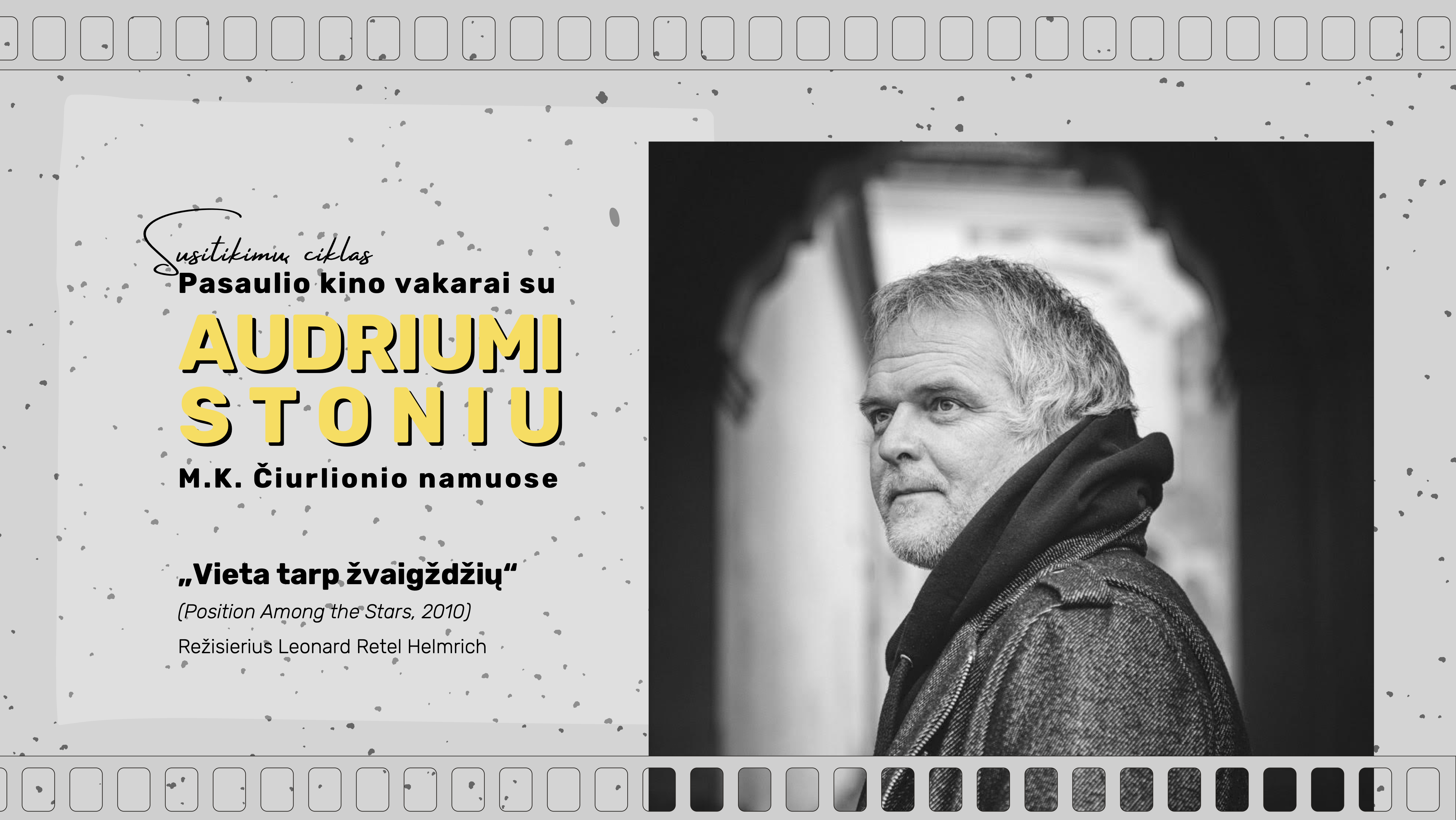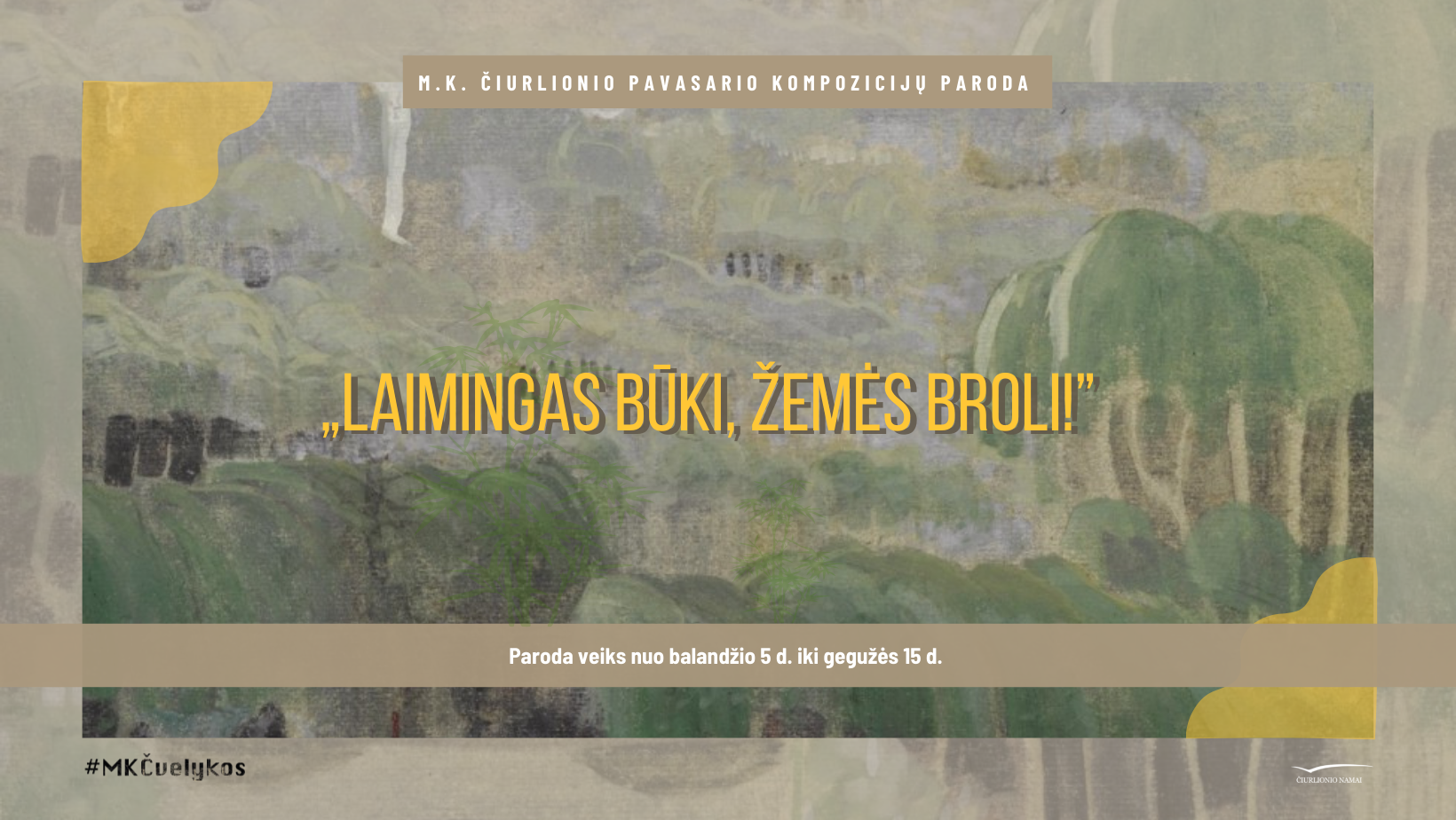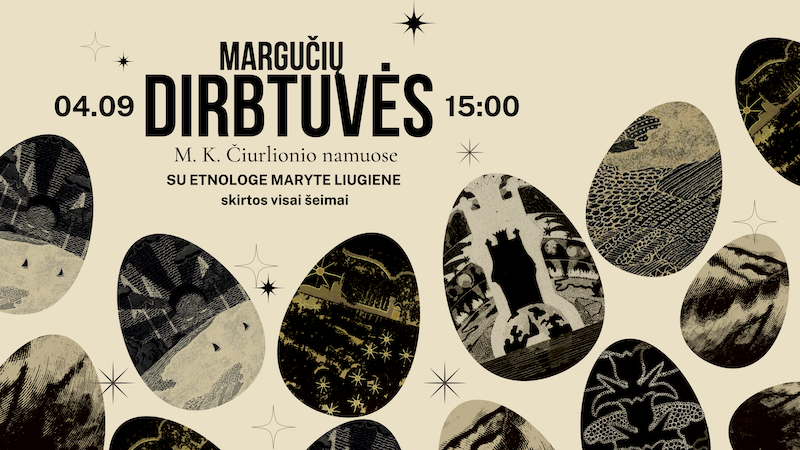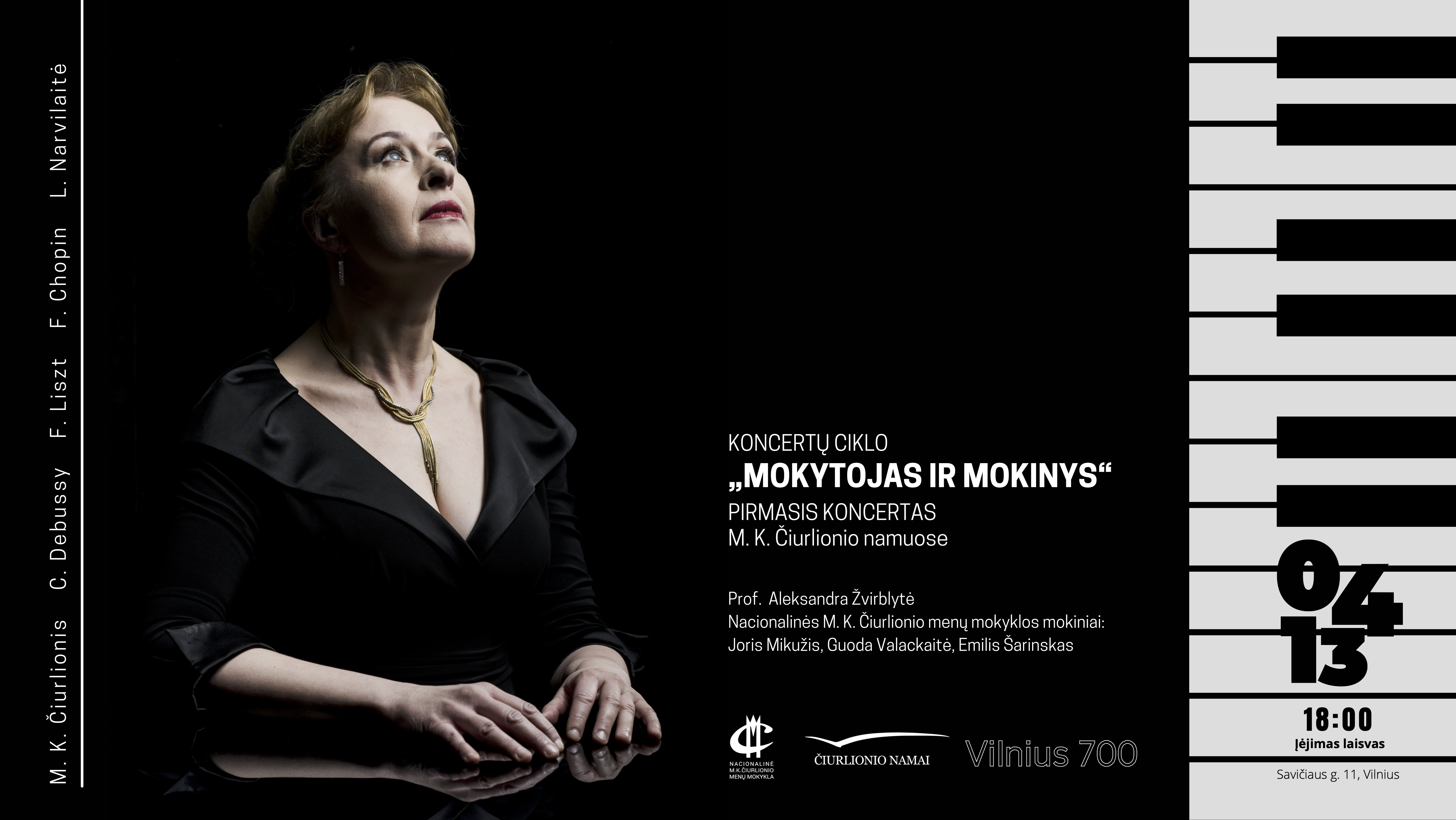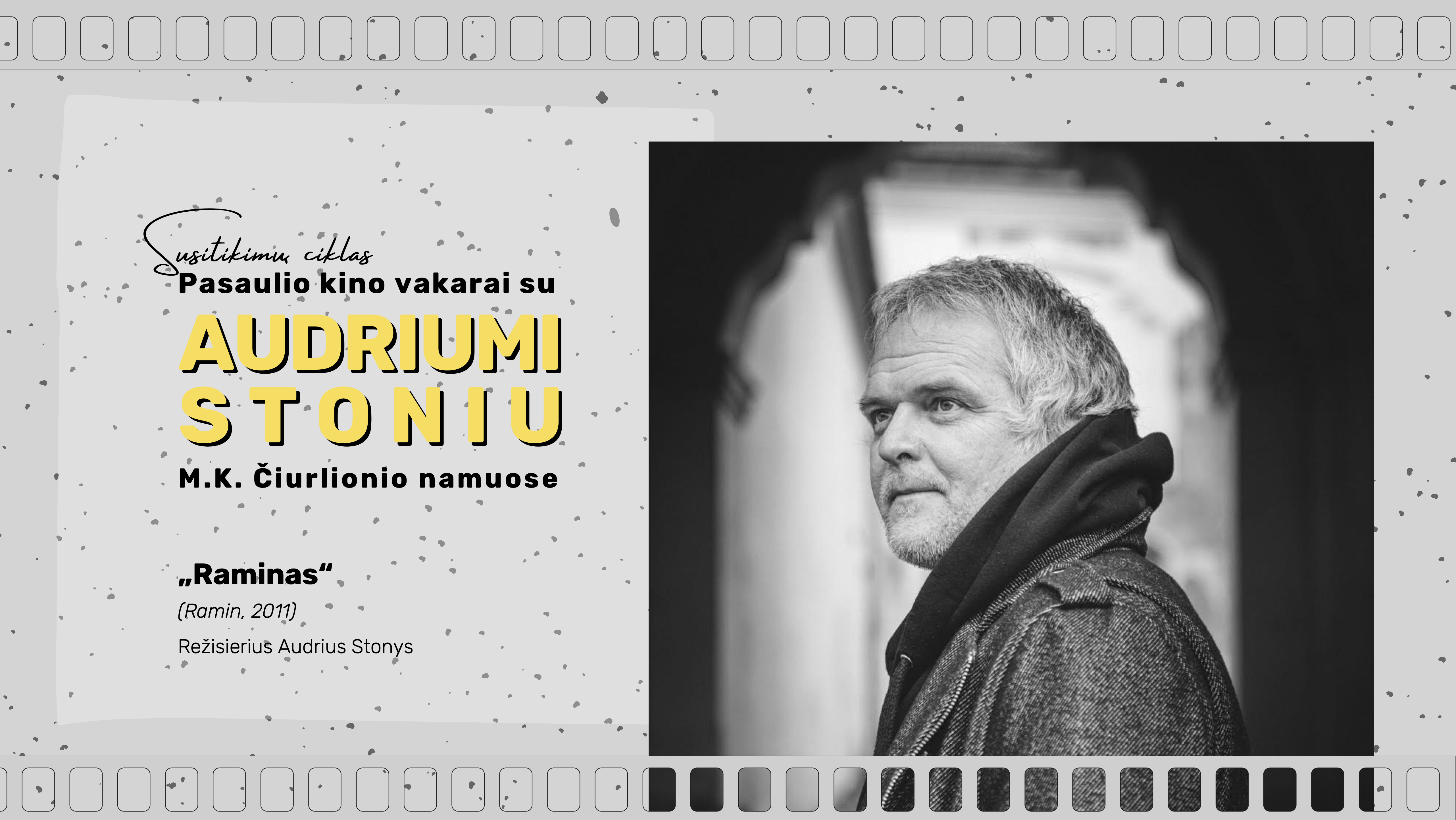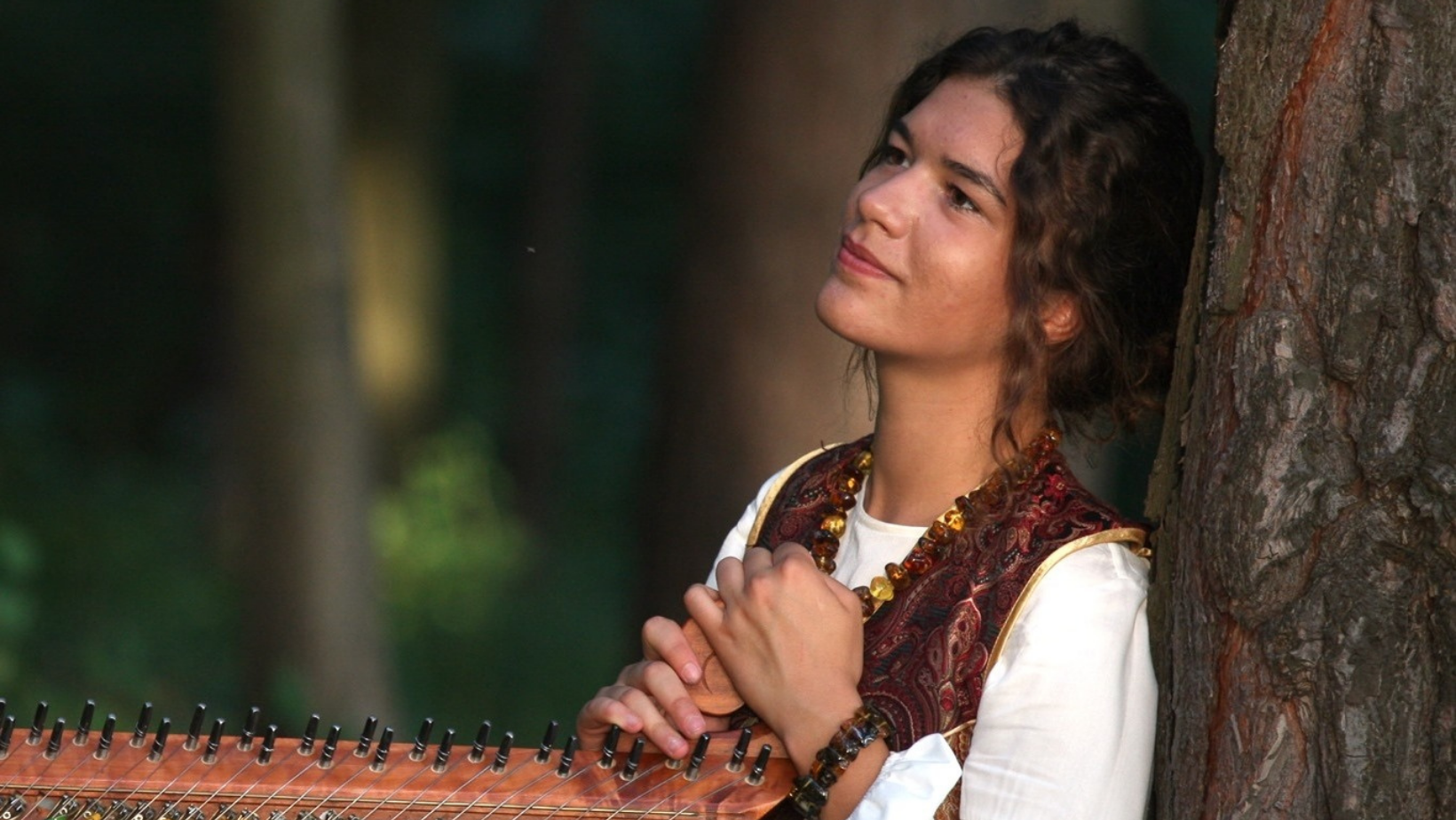Norėdami pažadinti mūsų namuose kol kas ramiai snaudžiančią parodą „Ferdinandas Ruščicas. Lilija Veneda“ pradedame artimesnę pažintį su šios parodos eksponatais – scenovaizdžiais. Prieš gyvą pasižvalgymą parodoje, galite susipažinti su darbų istorija ir sužinoti, kaip F. Ruščico sukurti scenovaizdžiai pateikė naują, modernaus teatro apipavidalinimo koncepciją. Pirmieji parodos eksponatai, kuriuos pristatome, tai „Medžiai prie kapo“ ir „Sarkofagas“ – dekoracijų eskizai Julijaus Slovackio dramai „Lilija Veneda“ (1909).
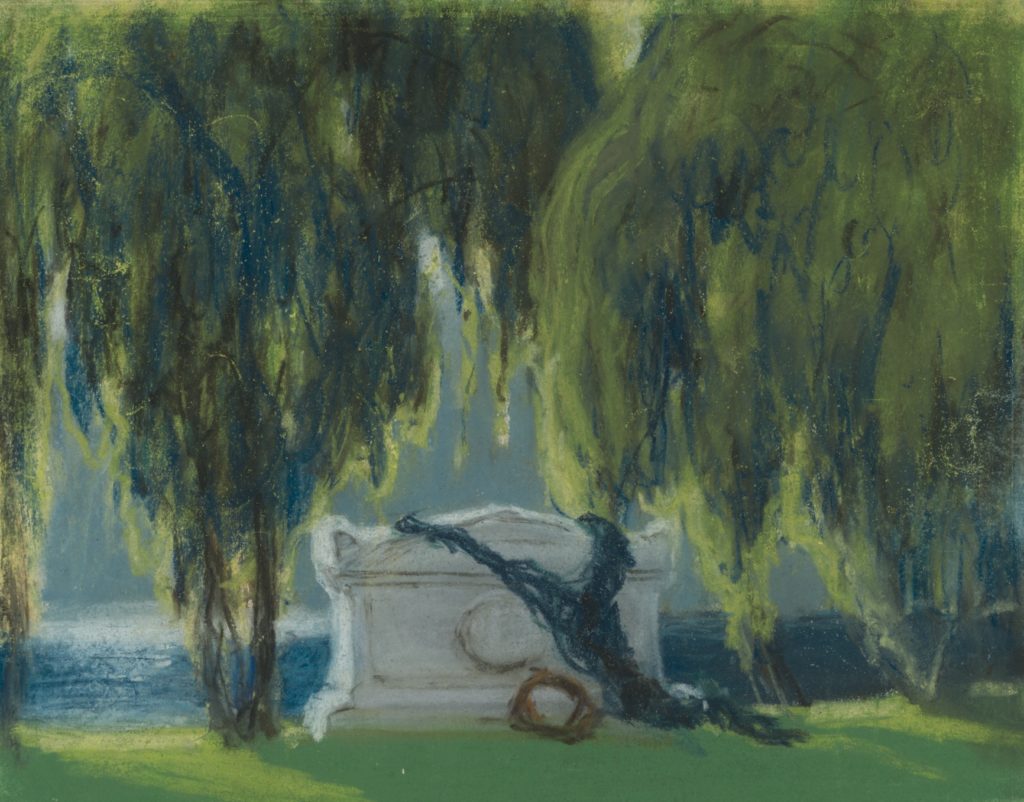
F. Ruščicas. Medžiai prie kapo. Dekoracijos eskizas Julijaus Slovackio dramai „Lilija Veneda” / “Trees by the Tomb". Sketch of the decoration for Julius Slovackis' drama "Lilija Veneda" (1909). © Lietuvos nacionalinis dailės muziejus / The Lithuanian National Museum of Art
Prologo scena „Medžiai prie kapo" arba „Julijos Alpinulos kapas“ išsiskiria romantiškumu ir lyriška melancholiška nuotaika, nutapyta šviesiais, skaidriais žaliais ir žydrais tonais, vaizduojančiais saulėtą vasaros dieną. Pirmame plane nedidelė pievos aikštelė, gilumoje matyti klasikinio stiliaus antkapinis paminklas. Kairioji pusė apšviesta saulės, dešinėje per medžių šakas šviesa neprasiskverbia. Draperija ir žalių lapų girlianda kabojo virš kapo su gerai matomu JVLIA ALPINVLA užrašu, o tolumoje driekėsi snieguotos Alpių kalnų viršūnės.
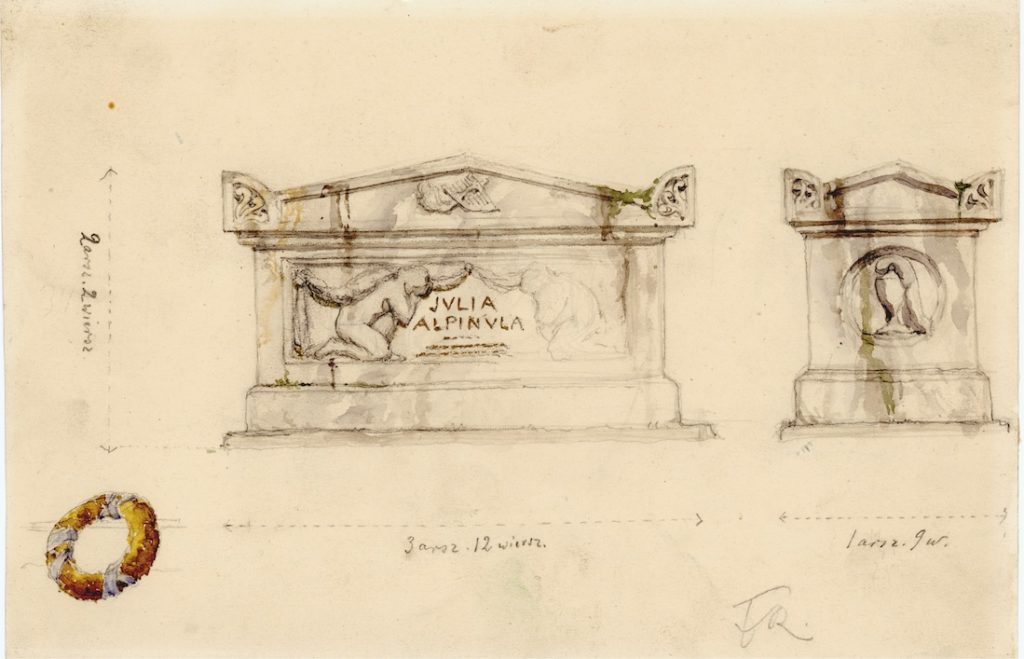
F. Ruščicas. Sarkofagas. Dekoracijos eskizas Julijaus Slovackio dramai „Lilija Veneda” / Sarcophagus. Sketch of the decoration for Julius Slovackis' drama "Lilija Veneda" (1909). © Lietuvos nacionalinis dailės muziejus / The Lithuanian National Museum of Art
F. Ruščicui rūpėjo kiekviena scenografijos detalė – ji nuosekliai apmąstyta ir išieškota. Su „Julijos Alpinulos kapas“ scenovaizdžiu susijęs eskizas „Sarkofagas“, kur matomi du romėniško sarkofago piešiniai – vaizdas iš priekio ir vaizdas iš šono - su dydžių išmatavimais. Sarkofagas kubo formos, su cokoliu apačioje ir sunkiu stambiu karnizu, kurio kampai puošti roželėmis. Vaizde iš priekio sarkofagas papuoštas bareljefine skulptūra – du vienas prieš kitą atsiklaupę ir pasilenkę nuogi vaikai, ant pečių laikantys didelį vainiką.
Parodos partneris - Lietuvos Nacionalinis dailės muziejaus
⦿ ⦿ ⦿
In order to awaken awareness about the exhibition "Ferdinand Ruščic. Lilija Veneda" which will be on display at Čiurlionis House after the quarantine, we begin a closer acquaintance with the exhibits of this exhibition – scenery. This time we introduce you to the sketches of the decorations "Trees by the Grave" and “Sarcophagus” for Julius Slovackis' drama "Lilija Veneda" (1909).
The prologue scene "Trees by the Tomb" or "Tomb of Julian Alpinula" is marked by romantic and lyrical mood of longing, and is executed in light, transparent green and blue hues, depicting a sunny summer day. In the foreground there is a small meadow site, in the background one can see a tombstone in a classical style. The left side is illuminated by the sun, while branches of the trees does not allow the light onto the right side of the stage. The drapery and garland of green leaves hangs above the tomb with the prominent inscription JVLIA ALPINVLA, with snow-capped peaks of the Alpine mountains visible in the distance.
Ruszczic was very precise about every detail of the scenography – minutest nuances were carefully considered and worked out. A sketch of “Sarcophagus” is associated with the scenery of the Tomb of Julian Alpinula. The sketch presents two drawings of a Roman sarcophagus – a front view and a side view – with clearly marked dimensions. The sarcophagus is cube-shaped, with a plinth at the bottom and a heavy, large cornice with rosettes at the corners. In the front view, the sarcophagus is decorated with a bas-relief sculpture – two naked children kneeling and leaning against each other, holding a large wreath on their shoulders.
Exhibition partner - The Lithuanian National Museum of Art
Mūsų veiklą taip pat galite sekti / Connect with us::
Facebook | Instragram | Youtube | ČNaujienlaiškis
Kiti susiję straipsniai:
Ferdinandas Ruščicas. Lilija Veneda II


